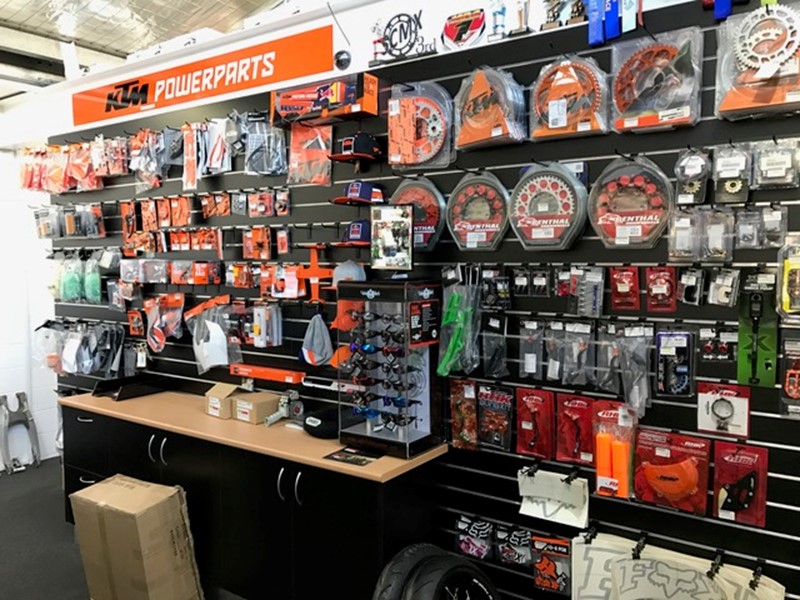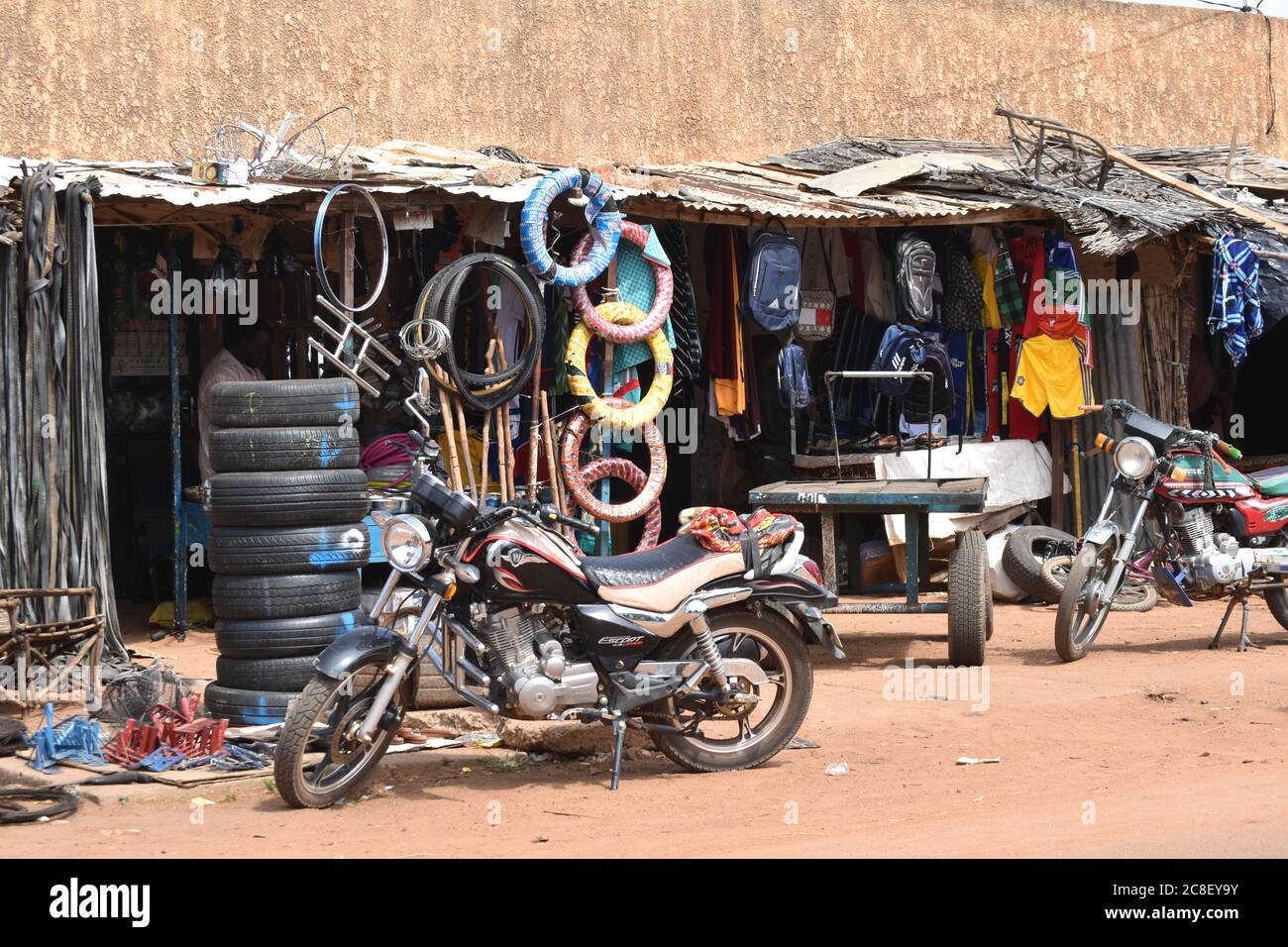Must-Have Motocross Gear: Elevate Your Riding Experience Today
Must-Have Motocross Gear: Elevate Your Riding Experience Today
Blog Article
Understanding Motorcycle Gears: Just How to Enhance Your Riding Experience
In the realm of motorcycling, mastering the art of equipment manipulation is essential for boosting your riding performance. Properly utilizing and comprehending bike equipments can dramatically impact fuel, control, and velocity performance, transforming an ordinary trip right into a smooth, electrifying journey. By integrating accurate shift timing and adapting gear selection to different road conditions, riders can guarantee optimum engine efficiency and security. The subtleties of clutch control, throttle control, and gear auto mechanics bid a deeper expedition, promising to unlock the complete possibility of your machine. Exactly how can these strategies be harnessed to truly maximize your riding experience?
Comprehending Gear Mechanics
At the core of bike dynamics, equipment mechanics play an essential duty in transforming engine power right into activity, inevitably dictating rate and control. The equipment ratios, very carefully made, identify the relationship in between engine revolutions and wheel turns, impacting acceleration and fuel efficiency.
Understanding gear mechanics begins with identifying the relevance of the gearbox, which houses multiple gears of varying dimensions. These gears connect with a procedure recognized as meshing, where teeth of various equipments engage to transfer power. The accuracy of this interaction is important; any kind of imbalance or damages can lead to inefficient power transfer, preventing performance. Furthermore, the arrangement and dimension of gears influence the motorcycle's capability to manage various loads and rates.
Furthermore, the idea of gear changing is essential to taking full advantage of performance. Smooth and timely changes guarantee that the engine runs within its ideal power band, protecting against unnecessary pressure and boosting durability (motocross parts nz). By understanding these mechanical ins and outs, motorcyclists can accomplish a harmonious mix of control, power, and performance, boosting their riding experience
Timing Your Changes
Shift timing mastery is essential for optimizing motorbike efficiency and improving the riding experience. Correctly timed shifts make sure that the engine runs within its optimum power band, which is critical for maintaining control, achieving smooth velocity, and guaranteeing the long life of the motorcycle. Motorcyclists should create an instinctive sense of when to shift equipments, which includes understanding the partnership between engine changes per minute (RPM) and rate.
To understand shift timing, pay very close attention to the engine's sound and feel, as these supply important ideas about when to change equipments. When the engine approaches the upper array of its power band without getting to the redline, the suitable shift factor normally takes place - moto parts nz. Shifting as well early can lead to a lack of power, while changing too late might trigger unneeded engine pressure
In addition, roadway conditions and riding style influence shift timing. In comparison, during freeway riding, fewer changes at higher rates can be more appropriate.
Enhancing Gas Performance
While understanding bike equipments is crucial for performance, enhancing gas efficiency is equally vital for both environmental and economic factors. Optimal fuel usage not only reduces operational prices however additionally minimizes the eco-friendly footprint of riding. To achieve this, one have to understand the complex partnership in between gear choice and engine performance.
Riding in a greater equipment at reduced speeds can lead to engine carrying, which is detrimental to both fuel economic climate and engine health and wellness. Conversely, riding in lower equipments at high rates results in unneeded gas usage.
In addition, routine maintenance plays a pivotal role in fuel performance. Making certain that the motorbike is well-tuned, with clean air filters and properly inflated tires, can improve the rules of aerodynamics and decrease fuel wastage. Taking on a riding design that embraces gradual velocity and smooth slowdown can add to far better gas economic situation.

Techniques for Smooth Transitions
Attaining smooth equipment changes is essential to boosting the riding experience and ensuring the durability of a motorcycle's transmission system. Correct equipment shifting not only adds to a seamless trip yet additionally decreases damage on the mechanical elements. To master the art of smooth transitions, cyclists have to focus on a couple of vital methods.

Second of all, clutch control plays a critical role. Engaging and disengaging the clutch efficiently needs method. The clutch bar need to be released gradually, permitting for a smooth transfer of power from the engine to the wheels without triggering a shock or sudden activity.

Adapting to Roadway Conditions
Navigating diverse road problems is a critical ability for any type of motorcyclist intending to maintain control and safety and security. Whether you're riding on wet surface areas, crushed rock roads, or browsing doglegs, your capability to adjust your gear usage and riding strategy is paramount. Recognizing just how to change your gears appropriately can considerably affect grip and security, guaranteeing a safer trip.
On wet roadways, it is recommended to preserve greater gears to minimize torque and lessen wheel spin. This strategy helps preserve grasp on slippery surface areas, permitting smoother velocity and slowdown. In comparison, when riding on crushed rock or irregular surface, lower equipments are more suitable. Reduced equipments give far better control and enable you to respond even more promptly to unforeseen modifications in the roadway surface.
Sharp curves demand precise gear monitoring to balance rate and control. Downshifting prior to getting in a curve can assist keep momentum while making sure the motorcycle stays secure throughout the turn. Consistent practice in different problems boosts your capability to forecast and react to changes in roadway structure and incline.
Verdict
Understanding motorbike gears substantially enhances the riding experience by improving control, acceleration, and fuel performance. An extensive understanding of gear technicians and specific shift timing guarantees the engine operates within its optimum power band, while smooth changes with efficient clutch and throttle sychronisation increase convenience and performance. Adjusting equipment option to different roadway problems, such as utilizing higher equipments on wet surfaces and reduced gears on crushed rock, more improves handling and safety and security. Ultimately, these skills boost the overall journey.
Understanding equipment technicians starts with identifying the importance best motorcycle gloves of the gearbox, which houses numerous gears of varying dimensions. These gears interact through a Discover More procedure known as meshing, where teeth of various gears involve to transmit power (motox parts nz). Gentle adjustments to the throttle throughout gear shifts can prevent jerky motions and maintain a consistent riding pace
Whether you're riding on damp surfaces, gravel roads, or browsing sharp turns, your capability to adjust your equipment use and riding technique is paramount. Adapting gear option to various roadway problems, such as utilizing higher equipments on damp surface areas and lower gears on crushed rock, additional enhances handling and safety.
Report this page